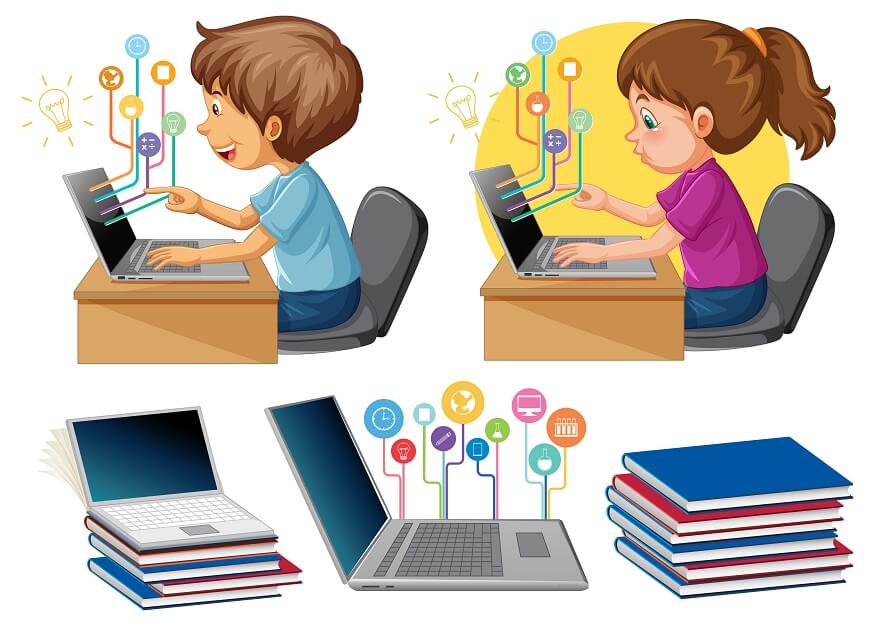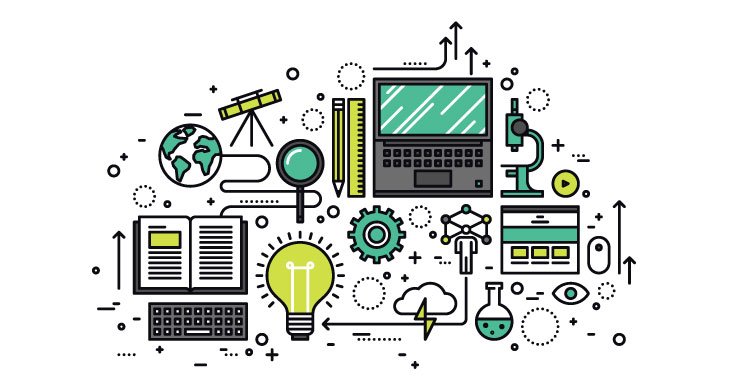Open New Opportunities in Education with Prized Possession Resources and Insights
Open New Opportunities in Education with Prized Possession Resources and Insights
Blog Article
Comprehensive Organization Guides for Progressing Technology Education And Learning in Schools and Colleges
The combination of modern technology education into institution and college educational program has come to be a vital important in preparing students for a significantly electronic workforce. What specific approaches can be embraced to maximize their effect on both instructors and students?
Importance of Technology Education
As innovation proceeds to progress at an unprecedented rate, the relevance of modern technology education has become significantly noticeable in today's culture. The combination of innovation into numerous facets of life necessitates that people possess a fundamental understanding of technological principles and applications. This expertise not just enhances employability but likewise fosters vital thinking and analytical abilities essential for browsing a dynamic workforce.
In instructional establishments, technology education equips pupils with the capability to adapt to quick adjustments in sectors driven by innovation. It urges creativity and equips students to involve with emerging innovations, from artificial intelligence to data analytics. Modern technology education promotes electronic literacy, which is essential in an era where information is readily available yet typically misleading.

Secret Elements of Effective Guides
Efficient overviews for innovation education have to incorporate a number of crucial components to ensure that students gain the most from their experiences. A well-defined curriculum is necessary, laying out the goals, discovering end results, and the abilities to be developed. This educational program should be routinely upgraded to show the swiftly developing technological landscape, ensuring relevance and applicability.
Second, detailed sources that include books, on the internet products, and hands-on tools are vital. These sources must be accessible and varied, providing to various finding out choices and styles. Furthermore, integrating real-world scenarios and situation studies can boost understanding and interaction.
Third, assessment strategies have to be included to examine student progress properly. These analyses need to be differed, incorporating formative and summative evaluations that straighten with the discovering purposes.
Moreover, professional development chances for educators are essential. Training workshops and programs can furnish instructors with the most up to date technical innovations and pedagogical techniques.
Finally, promoting a joint discovering setting encourages peer interaction and expertise sharing. By including these vital components, overviews for technology education can dramatically enhance the learning experience, preparing pupils for future obstacles in an increasingly digital world.
Structure Sector Partnerships
Building solid industry collaborations is a crucial aspect of improving modern technology education. These collaborations between academic organizations and services produce a vibrant environment that benefits employers, students, and teachers alike. By fostering connections with sector universities, institutions and leaders can straighten their educational programs with the advancing needs of the work market, guaranteeing that students get relevant abilities and knowledge.
The development of internships, instructions, and mentorship programs functions as a foundation of these collaborations. Such possibilities supply trainees with hands-on experience, boosting their employability and functional understanding of innovation applications. Additionally, sector partners can offer insights into arising trends and technical innovations, enabling instructors to adjust their training techniques accordingly.
In addition, partnerships can assist in accessibility to resources, such as tools, software application, and funding for research study projects. These payments improve the discovering setting and enable establishments to remain at the center of technical development. Eventually, building robust sector partnerships is crucial for growing an experienced labor force that meets the requirements these days's rapidly changing technical landscape, while also driving economic development and competition in the broader community.
Implementing Innovation Programs
Applying technology programs within Education universities requires a calculated technique that prioritizes both educational program development and resource allowance. To launch effective technology integration, organizations have to initially assess their existing infrastructure and recognize spaces in sources, consisting of equipment, software, and personnel training. This assessment makes it possible for colleges and institutions to produce a tailored strategy that straightens with their specific academic objectives.
Next, it is vital to create an extensive curriculum that integrates emerging innovations and market requirements. Teaming up with educators, sector specialists, and stakeholders can make certain that the educational program remains pertinent and effective in preparing trainees for the labor force (Grants). Furthermore, professional development for professors is vital, as it equips educators with the abilities required to successfully instruct new technologies
Furthermore, institutions should stress the significance of hands-on discovering experiences, such as workshops and labs, that permit trainees to apply academic knowledge in practical setups. This experiential technique enhances involvement and promotes vital reasoning. Securing lasting financing through collaborations and gives can help preserve and expand innovation programs, ensuring long-lasting success and flexibility in an ever-evolving technological landscape.
Gauging Success and Results
Analyzing the success and results of modern technology education programs is necessary for confirming their impact and assisting future improvements. Efficient dimension structures should encompass both qualitative and measurable metrics, supplying a detailed sight of program efficiency. Secret performance indications (KPIs) such as student registration numbers, retention rates, and course conclusion portions supply useful measurable data.

Incorporating standard evaluations can further examine pupils' technical expertises and readiness for the workforce. Benchmarking against comparable institutions permits contextually pertinent comparisons, highlighting areas for development.
Inevitably, the constant evaluation of innovation education and learning programs fosters a culture of renovation, ensuring that they develop in placement with industry demands and academic criteria. By methodically measuring success, establishments can not only demonstrate responsibility to stakeholders however additionally enhance their offerings, thus enhancing the finding out experience and preparing students for the ever-changing technological landscape.
Final Thought

The assimilation of technology education into institution and college curricula has actually ended up being an essential important in preparing pupils for an increasingly digital labor force.As technology proceeds to advance at an extraordinary rate, the relevance of modern technology education and learning has actually come to be progressively evident in today's society.In educational institutions, modern technology education and learning furnishes trainees with the capability to adjust to fast modifications in markets driven by development. By prioritizing technology education and learning, organizations can cultivate a generation of notified residents capable of leveraging technology for individual and social development. The application of robust analysis methods enables institutions to gauge success and results, ultimately boosting the total performance of technology education and learning efforts and preparing trainees for future difficulties.
Report this page